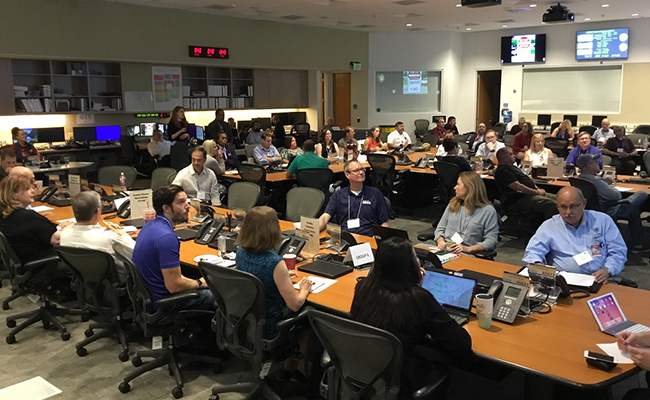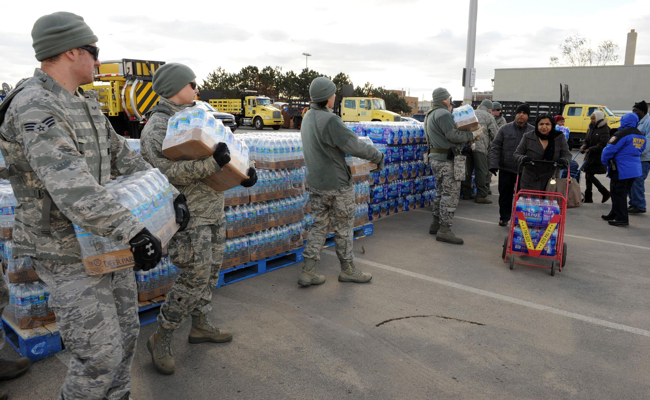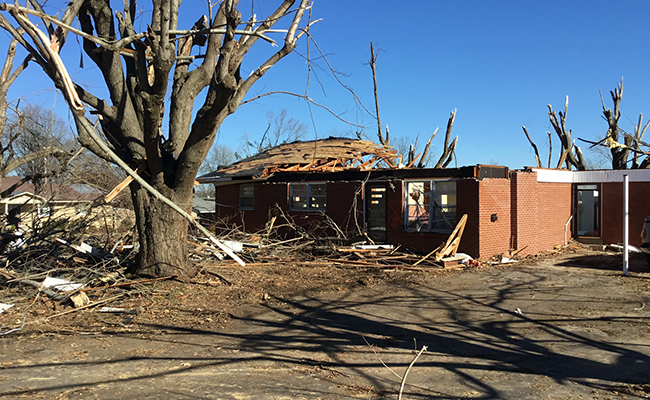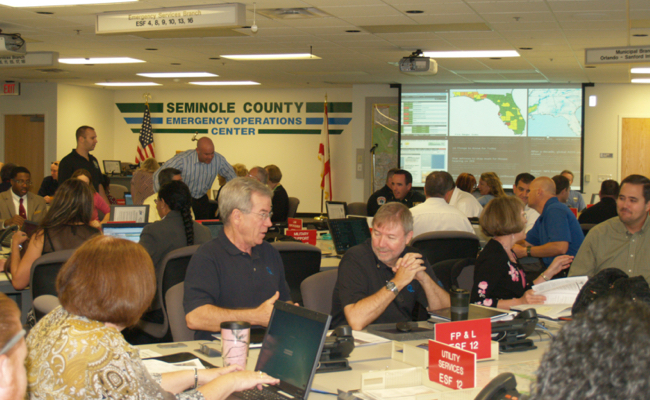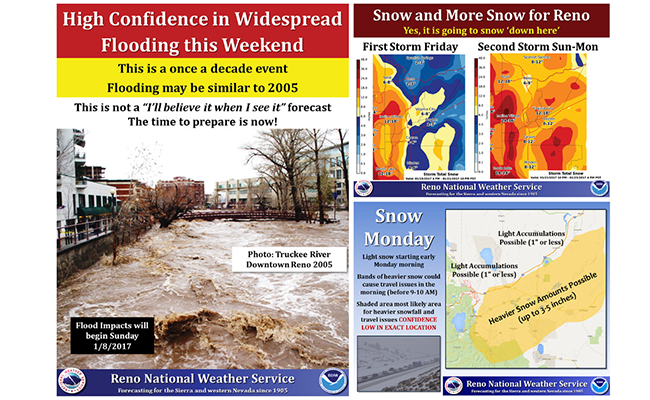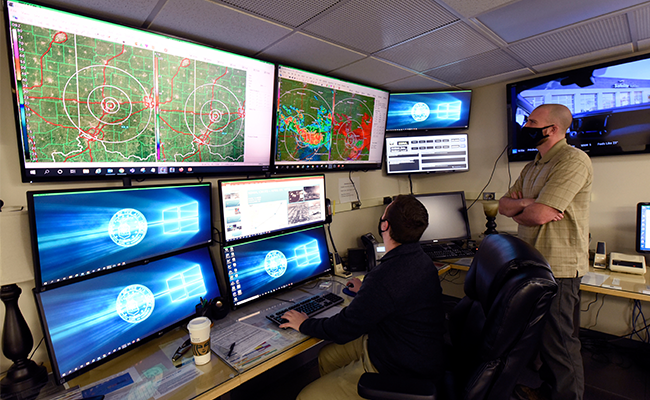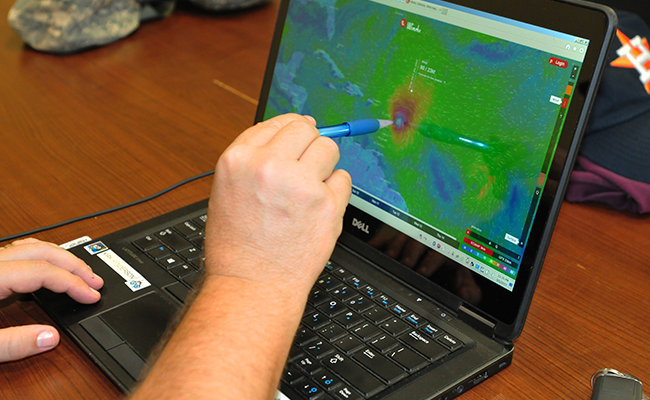Methods for Transitioning the BVOT to NWS Operations
This two-year project builds on previous NOAA-funded research to improve the development, testing, and evaluation of different methods that can be used to collect local vulnerability data from forecasters, emergency managers, and other National Weather Service (NWS) core partners. These local data on vulnerable people, places, and things can then be used to populate a…

